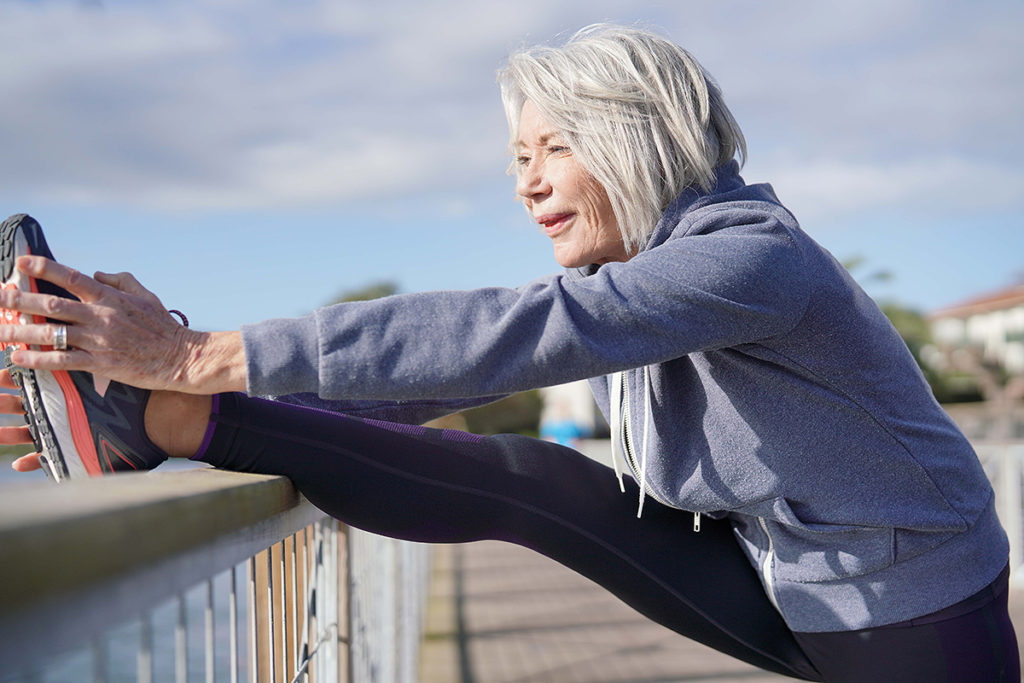Study settings
Scientists from the United States, the Netherlands, China, and Switzerland have analyzed 3,200,000 person-years of study participants.
The lifestyle of 111,562 medicals was monitored (73,196 women and 38,366 men). Women age: 30 – 55 years old, the age of men is 40 – 75 years.
Every two years, from 1980 to 2014, participants were receiving a survey:
- Age
- Body mass index (BMI). Weight (kg) divided by the square of height (m2)
- Food ration: List of products, frequency of use, and total volume.
- Physical activity: moderate and vigorous exercise frequency and duration with a metabolic rate of at least 3 units per hour.
- Use of tobacco: Non-smokers, smokers with 1-14 cigs per day, smokers with 15-24 cigs, and those who smoke more 25 cigs per day.
- Use of alcohol: Quantity in ml, frequency, percentage of alc. In drinks.
- Disease history: Heart attacks, strokes, coronary heart disease, cancer, and diabetes.
- Regular use of medications: Aspirin, hormone therapy, multivitamins.
- Diseases of the next of kin: Diabetes, cancer, and heart disease.
The study did not include those who had already been diagnosed with cancer, diabetes, cardiovascular disease (CVD), or initially had no indicators of BMI, physical activity, alcohol, and tobacco consumption.
Lifestyle criteria
Participants’ lifestyle is based on 5 major factors: diet, BMI, physical activity, and use of alcohol and tobacco.
Diet
The diet quality assessment was based on the alternative healthy eating index (AHEI), which is significantly associated with the risk of developing major chronic diseases.
A healthy diet was defined as the upper 40% of AHEI:
- Vegetables
- Whole grains
- Fruits
- Nuts
- Legumes
- Products with polyunsaturated fatty acids (PUFA)
- Products with eicosapentaenoic acid (EPA)
- Products with docosahexaenoic acid (DHA)
An unhealthy diet is the bottom part of AHEI:
- Sweet drinks
- Fruit juice
- Red \ processed meat
- TRANS fats
- Alcohol
- Salt
Body mass index
Scientists have determined an appropriate level of a BMI in the range of 18.5-24.9.
Physical activity
The level of physical activity was calculated as the average number of hours per week devoted to moderate or vigorous activity. The minimum of required activity is set at 3.5 hours per week or 30 minutes per day.
Alcohol consumption
Moderate alcohol consumption is defined as 5-15 g / day for women and 5-30 g / day for men. That’s consistent with moderate US alcohol consumption guidelines.
Tobacco consumption
Smoking was assessed in 5 categories:
- never smoked persons
- number of years after the last cigarette,
- 1-14 cigarettes per day,
- 15-24 cigarettes per day,
- 25+ cigarettes per day.
Data processing
Verification
Initially, all collected data is potentially biased and measurement errors are unavoidable. Personal reports are always subjective regarding changes in diet, diagnoses, duration of tobacco use, and level of physical activity. That’s why a sensitivity analysis was performed together with an estimation of the effect of changes in the initial parameters on the final characteristics.
We also used correlation values between self-reported data and values obtained from independent experts. The values are taken from other similar studies. The correlation for weight is 0.97, for physical activity: 0.62 for women and 0.58 for men, for ethanol: 0.33 for women and 0.38 for men. The correlation between the frequency of tobacco consumption and nicotine concentration in nails is 0.63. The correlation between the frequency of food consumption and diet records is 0.90.
Additionally, the correlation between physical activity, obesity biomarkers, and nutrition parameters was calculated as 0.63.
Data representation
Multiple retirement tables (multistate life table) were used to calculate life expectancy with and without chronic diseases. The calculation was carried out for each lifestyle factor and for the total indicator of factors.
Three main human states and 3 transitional states were taken to assess the relationship between the number of factors and life expectancy.
Main states are:
- no diseases were detected
- presence of the disease
- death
Transitional states are:
- from the absence of any disease to accidental disease,
- from the absence of any disease to death (not from a chronic disease)
- from the diagnosis to death.
Initially, all participants were in the “Absence of disease” state. Only the first occurrence of a new state was considered and repeated cases were ignored.
Calculating results
Predicting the transition between states and assessing the impact of lifestyle factors was performed using proportional Cox risks.
Factors rated:
- risk of death without disease
- risk of developing chronic diseases
- risk of death with a chronic disease
Above mentioned risks, state transition coefficients and proportions between lifestyle factors were used to calculate the total life expectancy with and without diseases.
Research results
The presence of only one risk factor increased life expectancy without diseases by 9.5 years (women) and 8.8 years (men).
The absence of risk factors increased life expectancy without diseases by 12.5 years (women) and 9.6 years (men).
Women who quit smoking for more than 10 years, lost 1.7 years in life expectancy and 6.0 years loss was estimated for less than 10 years of given up smokers. The relative values for men are 1.9 and 2.6 years respectively.
Depending on the number of risk factors, life expectancy with chronic disease decreased relative to the average life expectancy.
| Number of risk factors | Percentage of the diseased life expectancy (relatively to the normal average life expectancy) | |
| Female | Male | |
| 0 | 25.2 | 24.7 |
| 1 | 22.4 | 24.2 |
| 2 | 19.9 | 23.2 |
| 3 | 17.8 | 22.1 |
| 4 and 5 | 16.4 | 21.0 |
After being diagnosed with a chronic disease, participants without risk factors or with a single factor has lived for an average of 22.9 years. Participants with 5 factors have lived for 11.0 years.
Conclusions
The obtained results will allow better planning of health needs.
Promoting a healthy lifestyle will reduce the medical burden and increase life expectancy without developing chronic diseases. But in the case of such disease, it improves vitality and reduces the risk of disability.
Starting a healthy lifestyle in a middle-age means 10 additional years of your normal life.
Useful article, necessary information? Share it!
Someone will also find it useful and necessary:



